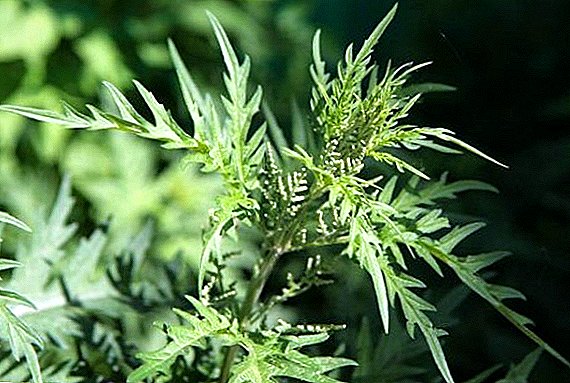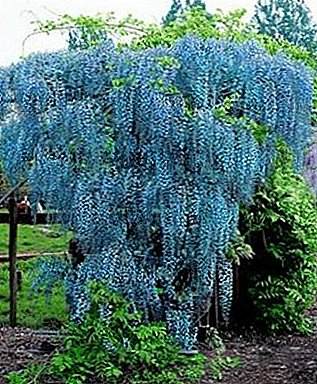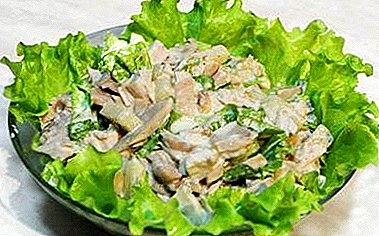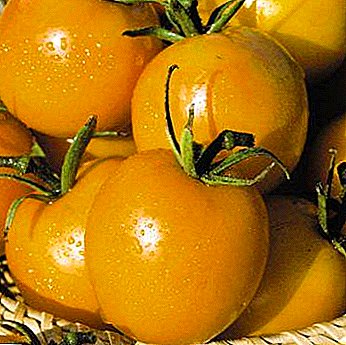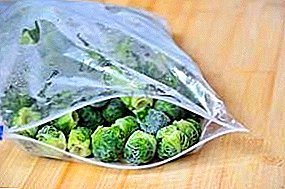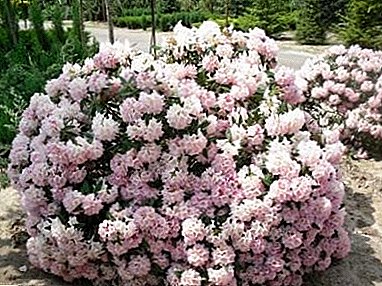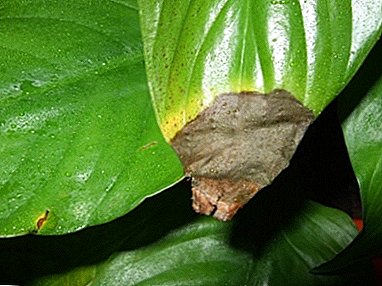
Thanks to its aesthetic appearance and the possibility of flowering several times a year, the Spathiphyllum very quickly won the hearts of gardeners. But despite the ability of this flower to grow in the most unsuitable conditions for this, problems may still arise. And in this article we will examine the diseases that affect the leaves of spathiphyllum and tell you why they become lethargic, change color and fall.
Why does the plant get sick?
 In most cases, the disease affects the leaves of spathiphyllum due to improper care:
In most cases, the disease affects the leaves of spathiphyllum due to improper care:
- A low level of humidity in the room primarily causes a deterioration in the appearance of the spathiphyllum, because humidity is one of the key conditions for the maintenance of a flower.
- Wrong watering is also an important condition. A lack or excess of moisture in the substrate can lead to the death of the plant. However, the second spathiphyllum is more sensitive.
- Incorrect room temperature. The plant is extremely difficult to tolerate hypothermia and drafts especially immediately after watering.
- Heavy non-acidic soil badly affects not only the leaves, but also the whole plant. The appearance of any spots will already be the result of problems with rhizome.
- Rare transplants in new ground. Due to the lack of mineral substances, the leaves begin to quickly subside.
- Improper lighting. Spathiphyllum prefers diffused light to direct sunlight, but it cannot grow in the shade either.
- Incorrectly chosen dosage of top dressing or in general unsuitable fertilizers.
- The leaves can be attacked by pests (spider mites, aphids, scutes, mealybugs), which are able to move to the roots of a flower.
Description of the manifestations of the problem and photos of the affected areas
A disease that affects the leaves of the spathiphyllum may be manifested by their gradual fading and further yellowing.
Sometimes you can see pale yellow or brown spots, which then shrink and crumble. Also, the disease can affect only the tips of the leaves: they become dry and brown. Symptoms of two or more reasons may be similar, so the process of identifying the main may take some time and patience will be required.




What to do to eliminate the likelihood of pests?
As a rule, the main difference between the disease and the pest is the presence of "vital activity" on the reverse side of the leaf. Usually, turning the yellowed leaf, you can see a white bloom or something like a thin cobweb. In especially neglected cases, the insects themselves are directly observed. If nothing has been found, then pests can be excluded from the list of causes of the disease.
What are the consequences of the disease?
Depending on what exactly caused the plant disease, it is calculated how long it takes to save the spathiphyllum. The problems listed above need to be gradually and quickly eliminated one by one.
How to treat a flower when its lower and upper leaflets change their appearance?
Are burning
 This means that the leaves were burned by a long stay in direct sunlight.
This means that the leaves were burned by a long stay in direct sunlight.
- It is necessary to move the plant pot in partial shade.
- Cut off all burned leaves with a sharp knife or scissors.
- Sprinkle the slices with powdered activated carbon.
- Wash the plant in the shower, pour and spray.
- In the future, choose the correct location of the plant (western or eastern windows) and avoid direct sunlight.
Twisted
An insufficient moisture level can cause the spathiphyllum leaves to curl, especially if the temperature in the room is low enough (for example, the flower is on a cold window-sill) or drafts are present.
- The leaves, which have already begun to curl a little, will gradually turn pale and no longer take on the previous form, so they need to be carefully cut.
- Spathiphyllum needs a shower of warm water.
- Subsequently, you need to carefully monitor the temperature and humidity levels in the room. And you can do this as follows:
- Place a container with water next to the spathiphyllum, which, evaporating, will humidify the air.
- Use a humidifier.
- Place a container with a flower in a pot with moist expanded clay.
Became small
 If over time the leaves of the spathiphyllum become smaller, then this means that it lacks mineral substances. Top dressings are produced in small quantities or very rarely. It can also be due to the fact that the pot has become too small for a flower.
If over time the leaves of the spathiphyllum become smaller, then this means that it lacks mineral substances. Top dressings are produced in small quantities or very rarely. It can also be due to the fact that the pot has become too small for a flower.
- You need to adjust the dressing mode, select the appropriate fertilizer, if the problem is this.
- Purchase a new soil (for aeroind plants) and a larger tank and transplant the plant if the problem lies in the wrong tank.
Turned brown
The main reason is excessive fertilization of the plant. In a very short period of time brown spots appear on the leaves, spreading rapidly throughout the spathiphyllum. Then you need to take the following actions:
- Cut leaves with brown spots.
- Take an earthen ball out of the pot and wash the leaves.
- If there are damages of the root, cut them; be sure to sprinkle the cut-off areas
- Plant spathiphyllum in new soil.
If the spathiphyllum is overcooled, the following should be done:
- Move the flower from a cold saucer or move it to another room with a higher temperature.
- Do not water it for several days to avoid rotting of the roots.
- Damaged leaves are removed, the plant is sprayed with Epin's solution to speed recovery.
If the spathiphyllum was attacked by pests, you should immediately remove it as far as possible from the rest of the indoor plants and treat it with insecticidal preparations, if you don’t have them, you can use a shower and a soap solution or folk remedies (infusions of onion peel or citrus peels).
Wither
The main reason why the leaves of spathiphyllum wither and lose their elasticity is the lack of moisture in the substrate. To verify this, you need to inspect the top layer of the substrate for dryness. In this case, you need to immediately water the flower and sprinkle so that the leaves return to their original shape as quickly as possible.
Turn yellow
 Spathiphyllum leaves may turn yellow in two cases:
Spathiphyllum leaves may turn yellow in two cases:
- excessive lighting;
- pest attack.
In the first case, the following manipulations must be performed:
- Move Spathiphyllum to partial shade.
- Cut the leaves with yellow spots, because they will not recover.
- Water the plant.
- Spray.
- Find the right place for spathiffum (western or eastern window-sills).
Fall down
Malicious insects make the leaves of spathiphyllum turn yellow and then fall off.
- To get rid of the leaves that were damaged (withered, yellowed, lost elasticity).
- To make a flower treatment with insecticidal preparations, extract of tobacco or shreds of tobacco (experienced growers claim that it is many times more effective than preparations).
Getting dark
The cold temperature in the room can be the cause of this phenomenon, in which case you need:
- Remove the darkened leaves of the spathiphyllum.
- Provide the necessary temperature regime (in winter and autumn not lower than 15 degrees, in spring and summer not higher than 28 degrees).
Cope with the cultivation of spathiphyllum can not only experienced flower growers, but also beginners in this business. Diseases affecting the leaves of spathiphyllum are quite rare for this plant, because it can withstand almost any condition, but, nevertheless, it is important to know how to cope with this possible ailment.


